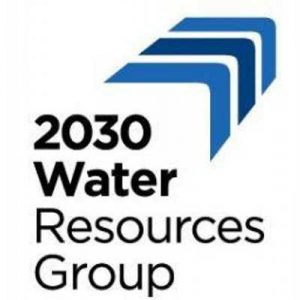Primary Functions
- Understand developments in water use and management by looking at example companies in selected sectors that make significant use of water.
Detailed Description
This background paper reviews development in water use and management by looking at example companies in selected sectors that make significant use of water. It responds to the ERD brief to ‘examine appropriate roles for the private sector and public sector in effective natural resource management’ in the context of ‘increased natural resource scarcity and climate change’. The management challenge to be addressed in the ERD is that those roles ‘ensure transitions to inclusive and sustainable growth in developing countries’.
The focus of this paper is on what the private sector is doing – on the evolution of private companies’ voluntary actions in water ‘use’ and ‘management’, including both unilateral actions and collaborative actions with government and other stakeholders. By ‘voluntary’ we refer to action that is not imposed by law or regulation, or led by government policy.
The presence in developing countries of multinational companies (MNCs) in the selected sectors brings economic activity and jobs, but also makes demands on natural resources, including water.
Examples of private sector innovation in water use are set out in section 3. The companies consulted are working to evaluate their water use and initiating actions to reduce (unit) volumes used in their operations. Savings in water usage, making the best of increasingly available technologies, can help reduce pressure on water resources and go some way to alleviate water scarcities. Private sector efforts may also include companies influencing their suppliers to reduce water use. In tackling the latter task, the companies consulted are to date considerably less advanced. Nevertheless, in relation to achieving water-use efficiencies, the private sector has a major and critical contribution to make.
Examples of private sector innovation in water management are set out in section 4. Companies are assessing ‘water risks’ arising outside their premises/processes and those of their suppliers, and looking to protect themselves from those risks. Risk management includes – according to the company policies consulted and comments of key informants – maintaining satisfactory relations with populations living close to company plants or premises. According to the companies, entering into voluntary agreements to support projects that provide funding for local water projects and/or compensate local communities for the impact of company activities makes good business sense. As well as offering some benefits to local people, those actions are also clearly designed by companies to provide themselves with a reputational ‘buffer’.





